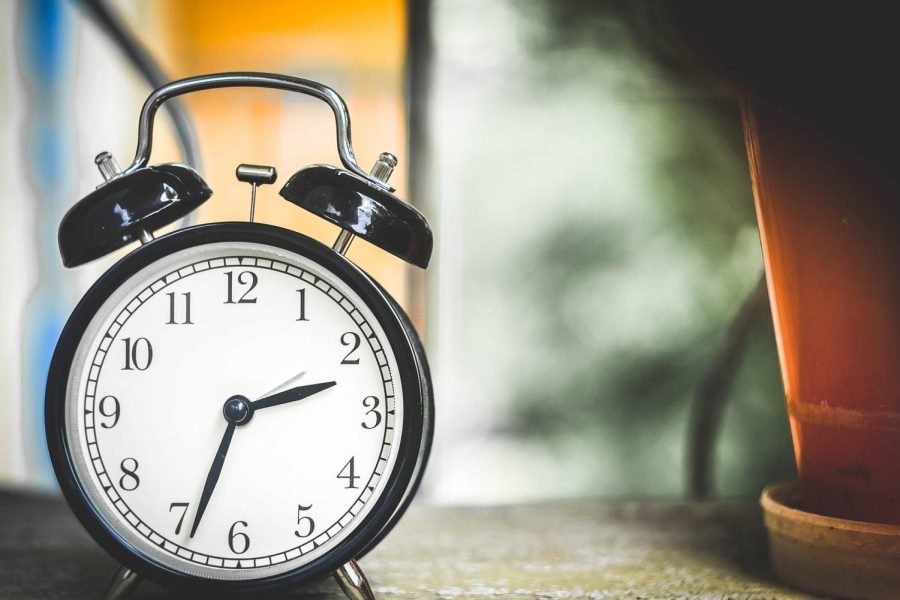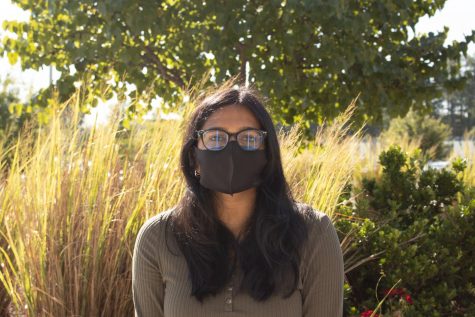Could Naps be Just the Thing You Need?
February 17, 2022
Everyone needs sleep to function properly, but as a high school student, sometimes work gets too overwhelming and you end up staying up way too late to get it done. Sure, staying up late would be fine if you could sleep in, but when students start sleeping late and waking up early, that’s when they get really tired. You get home, go to your room, and the first thing to catch your eye is your bed and immediately you just want to fall asleep. I’m a big fan of naps, so let’s talk about them.
Naps are good for both adults and children of all ages. According to Pew Research Center, on a typical day, one-third of adults in the United States take a nap. Although a large number of people take naps, there’s a split opinion surrounding the topic. Many swear by napping as a perfect way to energize themselves while others find it makes them more tired than they started as.
To start with, there are many different types of naps. These naps all have different purposes and different results/effects.
- Recovery Naps: Recovery naps are perfect if you are ever up late one night or just have interrupted sleep one night. A recovery nap allows you to compensate for sleep loss.
- Prophylactic Nap: Opposite to a recovery nap, a prophylactic nap is taken in preparation for sleep loss. So if you ever know that you’ll be up late doing work, taking a prophylactic nap can help to prevent sleepiness that night and to help you stay alert.
- Appetitive Nap: These naps are taken just to enjoy napping or sleeping. Naps taken for enjoyment can be relaxing and can help to improve your mood and energy level!
- Fulfillment Nap: Fulfillment naps are typically taken by children. Since kids have a greater need for sleep than adults, fulfillment naps help children reach this sleep requirement.
- Essential Nap: Essential naps are usually taken when you are sick or feel unwell. The nap helps to push your immune system to fight infection and promote healing.
When naps are done right, there are many benefits to them such as relaxation, reduced fatigue/tiredness, increased alertness/focus, better mood, and improved performance which includes having quicker reaction times and a better memory! But for some, naps can also lead to some drawbacks such as sleep inertia where you feel more tired after a nap, or nighttime sleep problems as naps could throw off your sleep schedule. Though, not all naps are the same. There are many different things you can do to have a good nap and many things that lead to the opposite.
So what helps to take a good nap? To get the most out of a nap, here are some tips that you can tie into your routine:
- Take shorter naps
- Naps that range anywhere from 10-20 (30 max) minutes are the best for people. This allows you to sleep without feeling super drowsy after waking up. For people who know they won’t be able to wake up after a short nap, trying to go to sleep may just work out better.
- Nap at ideal times
- Napping earlier in the day, ideally before 3:00 p.m. is what is best for a person. Napping later in the day can interfere with your nighttime sleep schedule which would overall give you a negative effect instead of just giving you an energy boost.
- Have a good sleep environment
- Sleeping in a dark, cool, quiet, and distraction-free room is good if you’re ever in the mood for a nap.
- Drinking a small amount of caffeine before a nap can also help to avoid the groggy feeling you may feel after a long nap, as the caffeine would hit your body as you start to wake up.
Allowing you to get both your work done and successfully get a good amount of sleep every night, naps can be perfect for a high school student. Napping isn’t always for everyone, and that’s perfectly ok! Napping is a great option for those who find good use in it. Napping, like everything, can have its downsides, but if done right, you may find that it’s exactly what you need.







